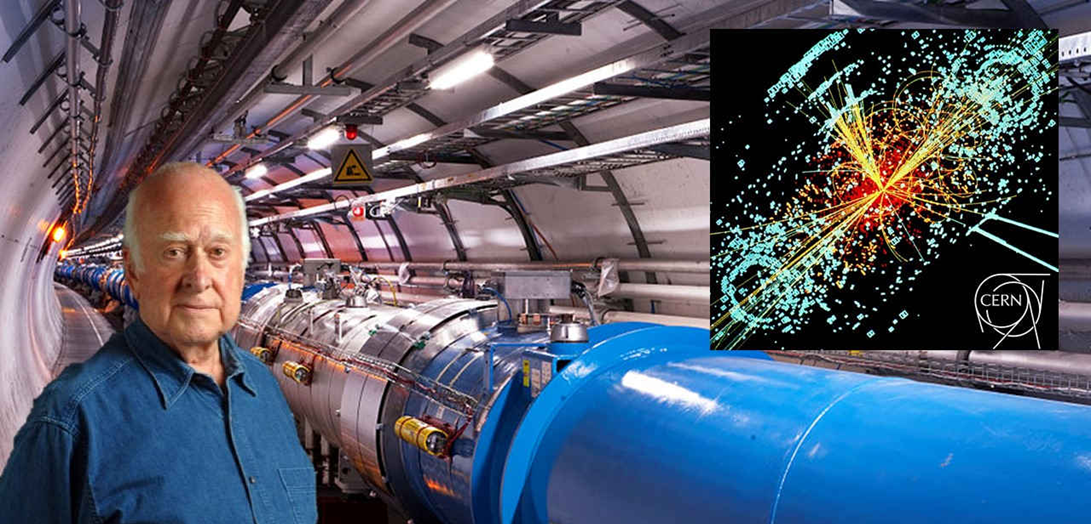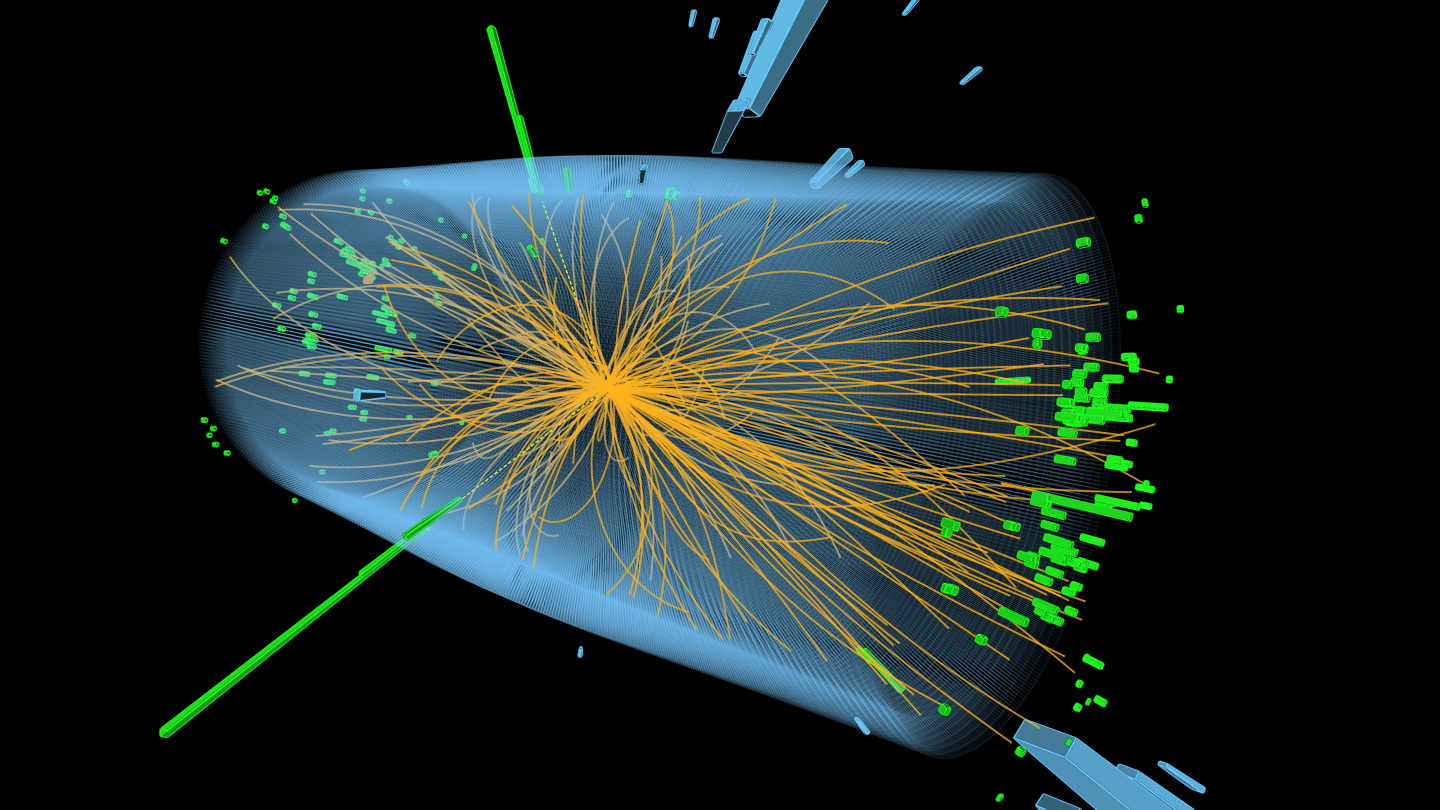- Courses
- GS Full Course 1 Year
- GS Full Course 2 Year
- GS Full Course 3 Year
- GS Full Course Till Selection
- Answer Alpha: Mains 2025 Mentorship
- MEP (Mains Enrichment Programme) Data, Facts
- Essay Target – 150+ Marks
- Online Program
- GS Recorded Course
- Polity
- Geography
- Economy
- Ancient, Medieval and Art & Culture AMAC
- Modern India, Post Independence & World History
- Environment
- Governance
- Science & Technology
- International Relations and Internal Security
- Disaster Management
- Ethics
- NCERT Current Affairs
- Indian Society and Social Issue
- NCERT- Science and Technology
- NCERT - Geography
- NCERT - Ancient History
- NCERT- World History
- NCERT Modern History
- CSAT
- 5 LAYERED ARJUNA Mentorship
- Public Administration Optional
- ABOUT US
- OUR TOPPERS
- TEST SERIES
- FREE STUDY MATERIAL
- VIDEOS
- CONTACT US
HIGGS BOSON: A JOURNEY OF DISCOVERY AND SIGNIFICANCE
HIGGS BOSON: A JOURNEY OF DISCOVERY AND SIGNIFICANCE
11-04-2024

Peter Higgs, the Nobel Prize-winning physicist who proposed the existence of the so-called "God particle" that helped explain how matter formed after the Big Bang, died on March 8, at the age of 94.
- Higgs won the 2013 Nobel Prize in Physics for his work, alongside Francois Englert of Belgium, who independently came up with the same theory.
|
Background:
- Theoretical Prediction: In 1964, British physicist Peter Higgs theorized the existence of the Higgs boson as part of the Higgs mechanism, explaining how particles acquire mass.
- Fundamental Force Carrier: The Higgs boson is a fundamental force-carrying particle that interacts with other particles, imparting mass through the Higgs field.
The Higgs Mechanism:
|
Discovery:
- Search at the LHC: The Large Hadron Collider (LHC) at CERN in Switzerland became the primary research facility for the Higgs boson's discovery.
- ATLAS and CMS Experiments: The ATLAS and CMS experiments at the LHC independently announced the detection of a particle consistent with the Higgs boson on July 4, 2012.

Significance and Implications:
- Completing the Standard Model: The discovery of the Higgs boson finalized the Standard Model of particle physics, providing substantial evidence for its accuracy.
- Understanding Mass: Scientists gained deeper insights into the origin of mass and the fundamental forces governing the universe.
- Exploring New Physics: This discovery opened the way to exploring phenomena beyond the Standard Model, including supersymmetry and dark matter.
The Nickname "God Particle":
- Origin: The term "God Particle" was first used by Nobel laureate physicist Leon Lederman in his book, originally titled "The Goddamn Particle.”.
- Significance of the Name: The nickname emphasizes the Higgs boson's crucial role in providing mass to particles and shaping the structure of the universe.
Controversy:
- Religious Sensitivities: The nickname "God Particle" drew criticism from religious communities due to its association with divine creation.
- Scientific Discomfort: Some scientists, including Peter Higgs himself, expressed discomfort with the nickname, considering it misleading.
About Higgs Boson: God Particle and Force Carrier
- The Higgs boson is a fundamental particle that interacts with the Higgs field to gain mass. The Higgs field is a quantum field that gives mass to particles and exists throughout the universe.
- The Higgs boson acts as a wave in the Higgs field and helps give mass to other fundamental particles.
Properties of the Higgs Boson:
- The Higgs boson has a mass of 125 billion electron volts — meaning it is 130 times more massive than a proton, according to CERN. It is also chargeless with zero spin
Conclusion:
The discovery of the Higgs boson significantly influenced particle physics, confirming the Standard Model and opening new avenues for scientific exploration. It revealed the mechanisms by which particles acquire mass, providing information about the fundamental building blocks of the universe.
Must Check: Best IAS Coaching In Delhi



